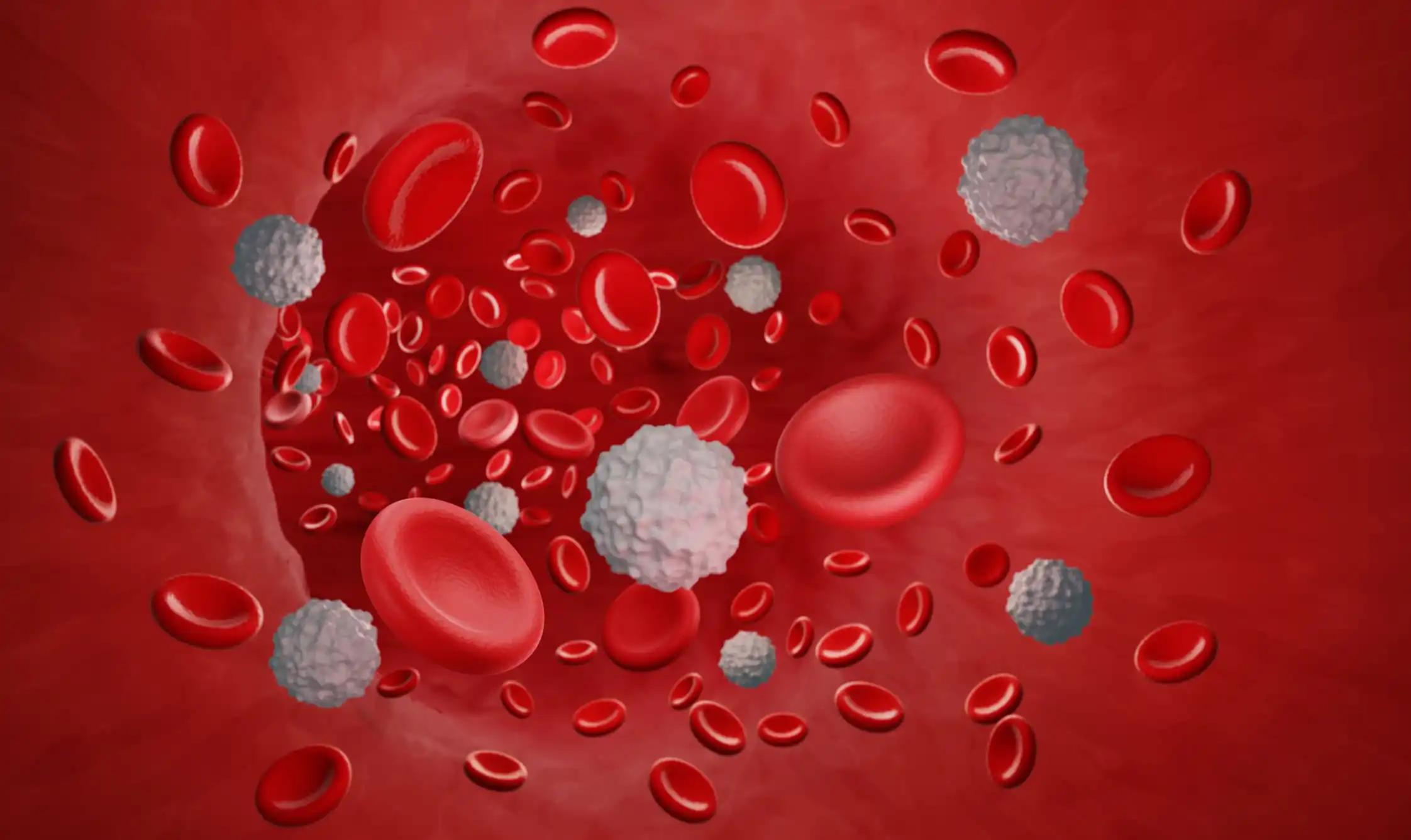KEY TAKEAWAYS
- This phase 1/2 clinical trial described the presentation and management of dermatologic AEs associated with talquetamab in RRMM patients.
- The study showed that talquetamab effectively treated RRMM with mostly low-grade skin and nail AEs.
- Proper management and patient education enable continued treatment for maximum benefits.
Talquetamab is a T-cell redirecting bispecific antibody specifically designed to target a unique antigen, GPRC5D, found on myeloma cells. Data from the MonumenTAL-1 trial revealed that in relapsed or refractory multiple myeloma (RRMM) patients, this treatment has yielded an overall response rate exceeding 71%. Additionally, it showed durable responses whether administered on a weekly (QW) or bi-weekly (Q2W) schedule.
Talquetamab is linked to a particular set of GPRC5D-related adverse events (AEs), including dermatologic (skin and nails) AEs. This study described the presentation and management of dermatologic AEs based on data from a single-center cohort participating in the MonumenTAL-1 trial.
The open-label, single-arm, phase 1/2 MonumenTAL-1 trial included patients (pts) who were intolerant to or had shown disease progression on established multiple myeloma treatments during phase 1. In phase 2, pts were exposed to ≥3 prior lines of therapy. The treatment included a proteasome inhibitor, an immunomodulatory drug, and an anti-CD38 antibody. The current analysis focused on pts who received subcutaneous talquetamab at the recommended phase 2 doses (RP2Ds), which were 0.4 mg/kg QW or 0.8 mg/kg Q2W. AEs were graded using CTCAE v4.03.
In the MonumenTAL-1 study, talquetamab showed 12-month progression-free survival (PFS) of 35% and 54%, with overall survival (OS) of 76% and 77% for weekly (QW) and bi-weekly (Q2W) dosing schedules, respectively. The study reported dermatologic AEs like skin conditions (e.g. dry skin and exfoliation), rashes, and nail issues (e.g. thinning and peeling). In 24 pts receiving the recommended Phase 2 doses (RP2Ds) of talquetamab, 87.5% experienced skin-related AEs (of which 4.2% were grade 3), 45.8% had rash (with 33.3% being grade 3), and 58.3% reported nail AEs (grade 3, 0%). The median time to onset of these AEs ranged from 4.6 to 15 weeks after the first talquetamab dose.
Most of these AEs were resolved, except nail AEs, where only 28.6% of cases were resolved with a median resolution time of around 16 weeks, potentially due to the time needed for nail regrowth. Management of these AEs included a heavy moisturizer for general dryness; ammonium lactate 12% lotion twice daily (BID) for hand and foot peeling; loratadine 10 mg oral tablet daily for 3-5 days post-dose, and triamcinolone 0.1% cream BID for pruritus, injection-site reaction, and rash. For nail issues, treatments included nail hardeners, topical vitamin E oil, and triamcinolone 0.025% ointment. For grade 3 rash, methylprednisolone taper and betamethasone 0.05% cream BID were considered.
Other grade 3 dermatologic AEs were managed through dose holds. Patients were advised to take brief, lukewarm showers, frequently apply heavy lotion or moisturizer, and maintain short, clean nails. The pts tolerated the dermatologic AEs. No one left the study due to these AEs.
Talquetamab is effective in treating RRMM pts. While dermatologic AEs affecting the skin and nails are frequent, they are low-grade, and none led to discontinuation. Suitable management, education, and supportive care helped pts to continue with talquetamab, maximizing its benefits.
Source: https://imsannual2023.eventscribe.net/fsPopup.asp?PresentationID=1302306&mode=presInfo
Clinical Trials: https://classic.clinicaltrials.gov/ct2/show/NCT03399799
https://classic.clinicaltrials.gov/ct2/show/NCT04634552
Ray, C. Management Considerations for Dermatologic Toxicities Associated With Talquetamab, a GPRC5D×CD3 Bispecific Antibody, in Patients With Relapsed/Refractory Multiple Myeloma.



